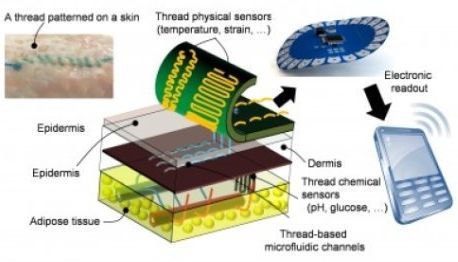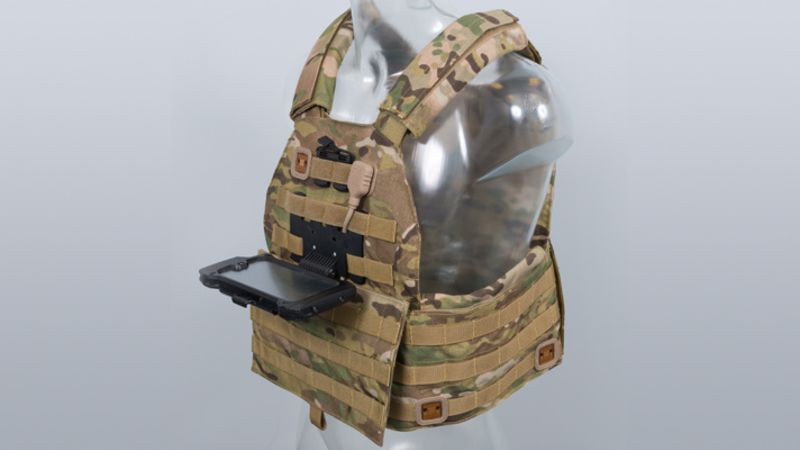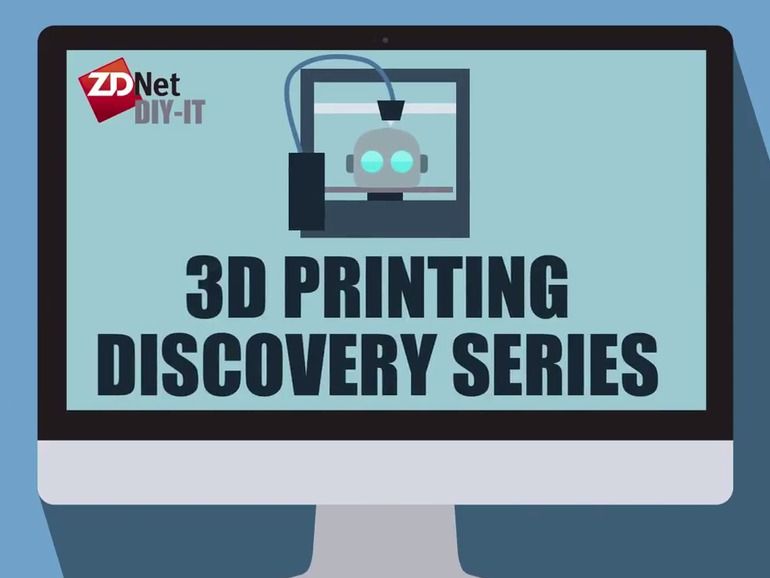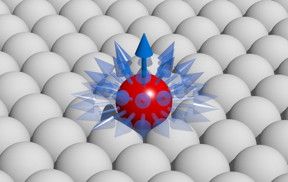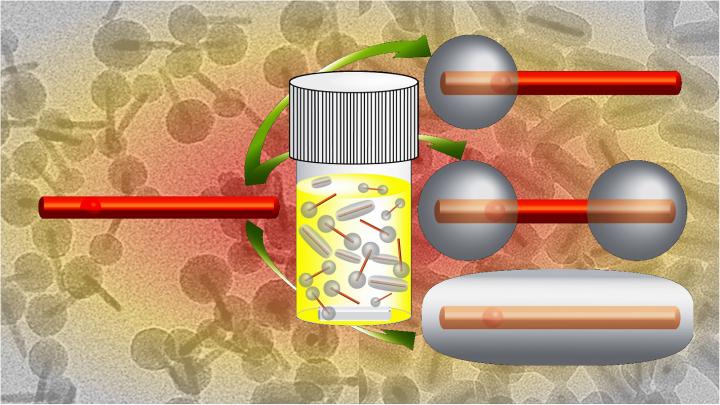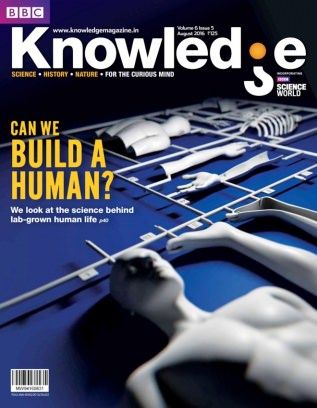Jul 18, 2016
Profusa to Showcase Tissue-integrated Sensors for Long-term Continuous Monitoring of Body Chemistry at the Pioneers Festival in Vienna
Posted by Klaus Baldauf in categories: biotech/medical, business, chemistry, health, mobile phones
Lumee™ tissue-O2 monitoring system slated to be available this year in Europe
SOUTH SAN FRANCISCO, Calif., May 16, 2016 — Profusa, Inc. announced today that it was selected by Pioneers, the global business relationship builder, to showcase the company’s “wear-and-forget” Lumee™ biosensor technology at the Pioneers Festival held at the prestigious Hofburg Imperial Palace in Vienna, Austria, May 24th-25th.
Making health and disease monitoring as easy as turning on your smart phone, the company’s tissue-integrated sensors for long-term, continuous tracking of body chemistry will be highlighted by Ben Hwang, Profusa’s chairman and chief executive officer, in a talk entitled, “Beyond Fitness Trackers: Let Your Body Speak.”

